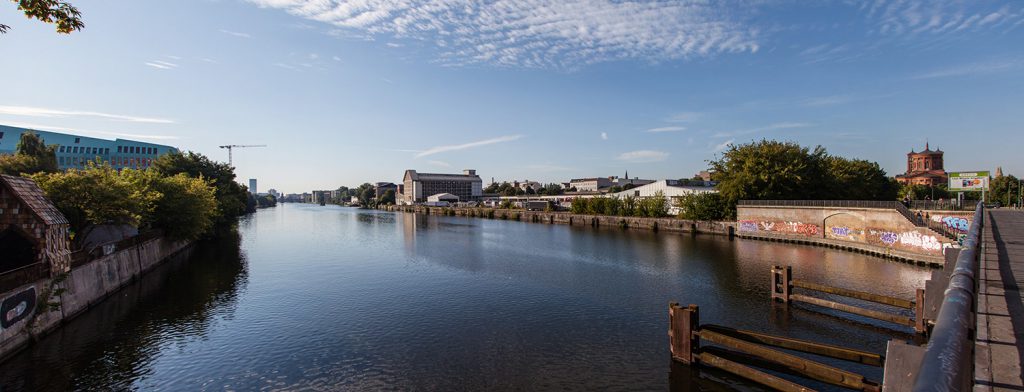April 30th, 2017

BERLIN RIVER Building – Next Estate foto
Berlin Real-estate Investment is very popular – how some creative locals are coping
In many world cities long-time residents find themselves being priced out of real-estate market ownership, and leaving only the wealthy, renters and the homeless.
Berlin Real-estate Investment has become and is a very popular commodity and yes even fashionable. So how has this effected the local population and how are some creative locals coping?
The terms ‘social-housing cooperatives’ or ‘co-housing’ have arisen and they represent an attempt to protect the interests of those who cannot afford to participate in property purchases and to counter displacement of less wealthy and middle-class residents.
Cooperatives have a history reaching back to the mid-19th century in Berlin
Cooperatives have a history reaching back to the mid-19th century in Berlin, and as many as 250 or 300 squats have existed at some point since the 1970s in both East and West Berlin. Young people, including many artists and students occupied vacant buildings as a way to live for little or nothing, and to save the old historic buildings of Berlin from demolition in the name of so-called ‘urban renewal’.
The movement became so powerful that the municipal Berlin city government was almost powerless to evict people from squats. So enlightened city officials worked with the squatters to purchase the properties themselves from absentee owners and offered funding to those willing to refurbish the buildings. Many of these former squats have now become respectable cooperatives.
In an online article from the American ‘yesmagazine.org’ entitled, ‘In Berlin, a Model for Creative and Affordable Housing’ by Sarah van Gelder earlier this month reported on this development.
The article is an in-depth report on how Berlin’s alternative housing can work in a cooperative called the ‘Spreefeld Genossenschaft’ or Spreefeld Co-op, which is situated near Berlin’s Ostbahnhof.
“The residents here include teachers, health care workers, artists, and small-business and nonprofit managers, many of whom would struggle to find affordable housing if they didn’t live at Spreefeld.”
Housing will remain a major issue in most large European cities in the next decades due to housing shortages and a lack of affordable housing.
The Dutch on-line platform ‘Citiesintransition.eu’– an online magazine which covers bottom-up community housing initiatives reported about Berlin wrote: ” The baugruppe is a typical model of community-led housing which consists of a group of people who form a cooperative in order to design, finance and build one or several multi-storey buildings. This model is very popular across the country and especially in Berlin, where about 1,000 buildings and co-housing groups have been developed over the last 40 years.”
While financing co-housing projects in Barcelona and Amsterdam, the article mentions that financing was one of the most difficult aspects, but apparently less of a problem in Germany. There are a number of banks and foundations that are strong now, and have enough resources to support alternative projects that might otherwise be considered risky.
For many, co-housing is not just a necessity in a difficult housing market but is also a social movement – a way of life and a return to simpler times. It is in fact a very modern idea for some people to leave their families and live on their own, instead of living in community.
While it may only serve a small percentage of Berlin’s population at present, all indications are that ‘social-housing cooperatives’ or ‘co-housing’ will continue to grow.